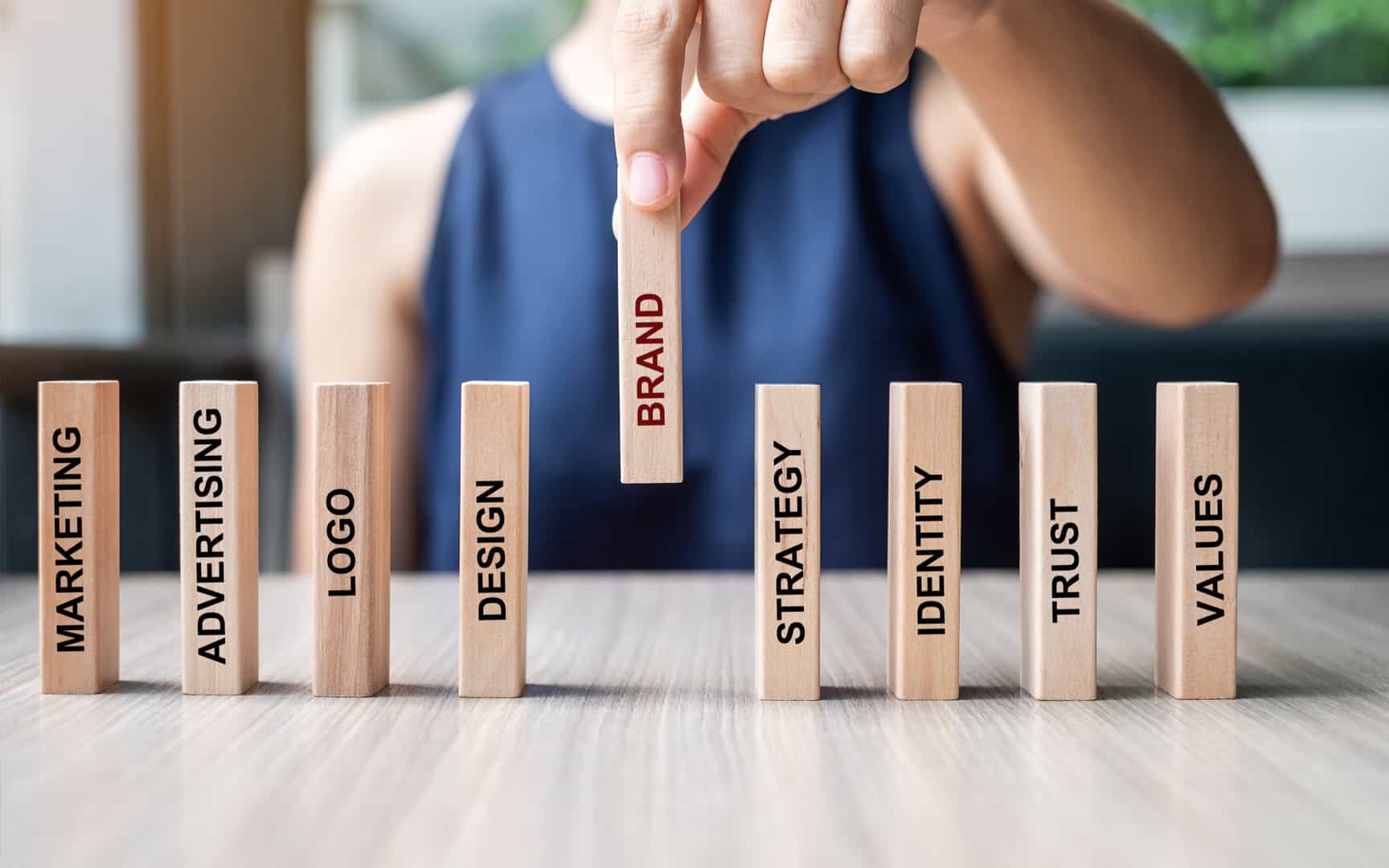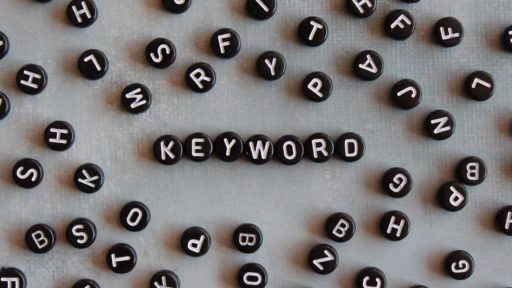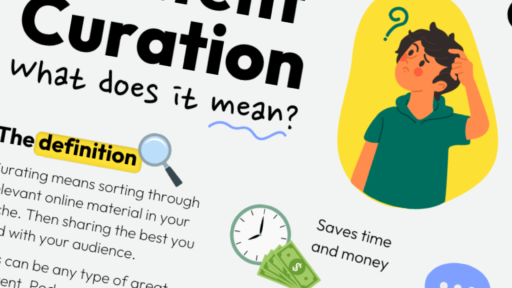So, you want to have a successful brand? Well, don’t we all? But be warned; it takes a lot of hard work. Are you up for the task?

I love that enthusiasm.
What do the likes of Starbucks, Mcdonalds, Amazon, and Toyota have in common? They all have incredible strategies that raise brand awareness.
The problem is there are so many branding strategies, and it all can seem a bit overwhelming. So, what is the right one for your business? Sit back and let us define the best types of branding strategy with some incredible examples.
1. Product branding
Do me a favor; have a quick look at the food in your kitchen.
Why did you buy that particular brand of crisps? What sets those cookies apart from the countless others on the store shelves? Why do you refuse to buy a cheaper cereal even though it is ultimately the same?
The answer is product branding.

This branding strategy is all about providing a specific product with a strong brand identity. This will allow your brand to stand out in a crowded market. It needs to speak to your target market through design, including logo, color scheme, font, and packaging.
The most overused example of product branding is how Apple has marketed the iPhone as its separate entity to fantastic success. However, we do not want to simply parrot what countless others have said. So, here is a much more unique example of product branding.
Have you ever heard of Unilever? No, not ringing any bells? Don’t worry, neither had I until about five minutes ago. That is because their company is not the focus of their brand marketing. But you have most definitely heard of their delicious frozen treats, Ben and Jerry’s.

The parent company knows how to make its ice cream stand out on a shelf with incredible product branding. The vibrant color palette, clever flavor names, distinctive logo, and focus on fun scream “buy me now” in overcrowded superstore freezers.

2. Online branding
Online branding, also known as internet branding, is all about using the wealth of tools found on the web to create a recognisable brand amongst your target audience. This is achieved by:
- Social media marketing: Promoting your brand on social media platforms, including Twitter, Facebook, LinkedIn, Instagram, and TikTok.
- SEO: Using SEO techniques such as keyword targeting, link building, and metadata.
- Content marketing: Using content such as blogs, videos, case studies, and infographics to promote your brand.
- Email marketing: Spreading brand awareness directly to your demographic’s inbox via emails.
- Paid advertising: Paying for adverts on third-party suppliers like PPC Google Ads or Facebook Ads to enhance brand awareness.
- Influencer marketing: Turning to individuals that have considerable influence over your target audience to market your brand.

If you want a prime example of online branding, look no further than the energy drink market.
Online branding for energy drinks
There are currently more than 190 brands of energy drinks in a market with well-established brand leaders such as Red Bull and Monster. So, when Logan Paul and KSI launched their own brand, PRIME, they faced tough competition.

However, this new product launched as an incredible success. It is currently the sixth-largest drink brand in the USA, with over 110 million drinks sold and $200 million created in revenue. The drink was so popular that many stores had to implement limits that restricted the number of bottles each customer could purchase.

But how did this drink that so many consumers have conceded is ‘not worth it’ become so popular? The answer lies in online branding. KSI and Logan Paul have a combined follower count of about 64 million. So, when these two influencer juggernauts announced their collaboration, social media became ablaze with hype for this brand.

Both influencers launched incredible social media marketing campaigns targeting their masses of followers. Some successful content marketing strategies the pair used were:
- Logan Paul uploaded a poster that promoted ‘the final chapter’ in his feud with KSI, seemingly teasing another boxing match. The event actually was the announcement of Prime, but this PR stunt garnered a lot of attention.
- Logan Paul posted a video of himself and KSI going undercover to sell Prime at Walmart.
- Logan Paul uploaded a video to Instagram of Logan’s friend Paul DiJulius skydiving and screaming ‘buy PRIME”.
3. Minimalist branding
What if I told you one of the most effective types of branding strategy is having no branding whatsoever?
Mind-blowing, right? Minimalist branding, sometimes called no-brand branding, is based on the belief that your product alone is enough.
Mujirushi Ryohin, often shortened to Muji, is a Japanese household company that’s name translates to ‘no-brand, quality goods’.
In essence, this means that Muji is simply a distributor of a product, nothing more or less. It does not create eye-catching packaging nor invest in glamorous television adverts. There are no products emblazoned with the Muji logo. No, Muji is entirely about the function of the product.

However, this is where the whole no-brand situation gets a bit Inception-esque, so bear with me. You see, Muji’s brand is actually not to have a brand. Customers associate it with that, and these values have subsequently become a part of their branding. Their plain, clean, brandless product line screams Muji even without a logo.
4. Personal branding
This kind of branding is all about building an identifiable brand based on an individual.
Authors inarguably are experts at this type of branding. Think about three words that you would associate with Stephen King. My own would be horror, suspense, and imagination. And I would think yours were rather similar.

King has carved out a niche and branded himself as the master of horror. Therefore, we know as an audience what his books will deliver without reading a single page. That is some strong personal branding.
However, not only celebrities, athletes, and authors can utilise this type of branding. Anyone can use personal branding to become a thought leader (an expert about a niche or industry).

How to become a thought leader in your industry
Yep, that’s right. Personal branding can be centered around you or your employees. But how? Here are five steps to becoming a thought leader in your industry:
- Subject matter: Choose a topic that you are knowledgeable in and is relevant to your niche.
- Decide on your tone: Determine what tone will engage your target audience.
- Find a platform: Decide which platform you will utilize to reach the most consumers.
- Start writing: Write, write, and write even more. The more high-quality content you produce in your field, the more likely you will be viewed as a thought leader.
- Network: Build a rapport with other industry experts.
- Commitment: Stick with it; this is a long process involving a lot of work.

Elon Musk is a perfect example of a thought leader. He is an often controversial figure who has branded himself as an inspirational visionary to millions. Yes, his corporate ventures, such as Tesla and SpaceX are undeniably impressive. But he is also the iconic face of these companies, arguably overshadowing his own body of work.

To fully understand his influence as a thought leader, we only need to look at his appearance on Saturday Night Live. On the show, he openly criticized the new cryptocurrency, Dogecoin, which fell 29.5% during his appearance.
5. Corporate branding
What do Coca-Cola, Apple, and Nike all have in common? These companies have become so ingrained into our culture that even the slightest glimpse of their iconography is instantly recognizable. But how? It is because they are incredible examples of different types of corporate branding strategies.
Corporate branding is about making your whole business the center of attention instead of individual products. Your corporate brand image consists of:
- Charitable endeavors
- Treatment of employees
- Brand values and beliefs
- Business goals
- Brand name
- Iconology
- Interaction with customers
- Social media presence
- Unique selling point
An incredible example of corporate branding is the house of mouse itself, Disney.

Arguably the most recognizable brand in the world, Disney has nailed its corporate image by:
- Remaining rigidly consistent in every medium they tackle.
- Consistently producing high-quality content that follows brand principles.
- Having instantly recognizable iconography, including Mickey Mouse ears, the logo, and the Cinderella castle.
- Consistently interacting with their consumers through their theme parks and social media.
- Diversifying while remaining on-brand through such acquisitions as Marvel and Star Wars to attract new audiences.
- Using nostalgia as one of the key components of their branding.
6. Retail branding
Nowadays, more and more consumers are heading toward eCommerce retailers like Amazon when searching for a specific product. This has meant that brick-and-mortar retail stores have had to innovate in branding to carve out a market share and remain relevant.
To achieve this, many stores now create a unique customer experience. This means owners have had to start to consider such factors as:
- Store layout
- Lighting
- Music
- Customer-staff interactions
- Color schemes
- Logo
- Products
- Atmosphere
Consistency is key with IKEA, which seems to have perfected retail branding. Each one of their countless stores seems to follow a similar branding template.
Before even entering the store, consumers are greeted with exceptional branding techniques. The massive blue IKEA buildings are striking and eye-catching in any location. While the big, bold yellow logo is instantly recognizable.

Inside every IKEA, you are met with even more retail branding:
- Every store has the same basic, recognizable store layout
- Showrooms showcase their products and how they could look in your home
- Warm lighting creates a welcoming ambience
- There are numerous help points where customers can interact with staff
- The color scheme remains consistent throughout
- The one-way system creates a relaxed and structured shopping experience
- Their restaurants and play area make a visit to IKEA an experience
7. and 8. Geographical branding and cultural branding
Geographical and cultural are different types of branding strategy, but share certain similarities as both focus on location as a branding technique.
| Type | Definition | Example |
| Cultural | Branding that focuses on the cultural aspects of a certain location. | Finland is perceived as the happiest place on Earth. |
| Geographical | Branding that is synonymous with a specific area. | Bedding made from Egyptian cotton using imagery of the pyramids. |
However, don’t overlook these types of branding as solely for tourism. If your business has a brand identity connected to a particular region, this branding can work wonders for you.
Look at almost any bottle of wine, and you will find evidence of geographical branding. For instance, take the Australian brand of wine, Yellow tail.
The company’s logo is a kangaroo, Australia’s official animal. This creates an immediate brand identity that is proud to be recognized as Australian. And this association benefits the company, as Australia is often regarded as one of the best sources of wine.

In terms of cultural branding, let us take another look at IKEA. They are a brand known to be proud of its Swedish heritage and values. This is reflected in everything from their yellow and blue color scheme representing the Swedish flag, to the Swedish meatballs served with jam and gravy in their canteen.

9. Co-branding
This is a brand partnership between two or more unique brands. The idea here is to combine the strength of both companies’ brand equity to reach new branding heights. This is a fantastic way for brands to enter new market territories with the support of another well-established brand.

Let us briefly dive into the world of video games. One of the most successful names in gaming is Fortnite. The free-to-play juggernaut has over 350 million players.
This incredible success has made other brands look towards Fortnite as an incredible marketing opportunity. The game has collaborated with over 100 brands including:
- Marvel
- Star Wars
- King Kong
- NFL
- NERF
- Stranger Things
- DC Comics
- Mr Beast

One of the most extreme examples of collaboration was during the build-up to the release of Star Wars Episode IX: The Rise Of Skywalker. Fortnite exclusively had a voice clip from the villainous Emperor Palpatine that was directly referred to in the film’s opening crawl.
These collaborations benefit both brands. Fortnite receives increased traffic from this collaboration while charging players to download these skins for their avatars. On the other hand, it promoted brand recognition and awareness amongst the target audience for the collaborating brand.
10. Offline branding
Offline branding is what it says on the proverbial tin, branding that does not involve the internet. This can include:
- Press releases
- Trade show booths
- Billboards
- Print advertisements
- Radio adverts
- Television adverts
Is there a place for offline branding in a digital world? Of course, there is. It has simply meant that traditional branding has had to become incredibly creative and innovative.
Just take a look at this fantastic billboard for the BBC series Dracula. The billboard, at first glance, looks rather dull, with a few bloodied stakes stabbed through a white background. However, as the video below reveals, the stakes’ positioning creates a shadow of the iconic vampiric figure as the sun sets.

Conclusion
There we have it, 10 of the best types of branding strategies. But what is the right brand strategy for your business?
Well, can we tell you a little secret? The answer is most likely a combination of a few. Hear us out; we have already talked about the incredible success of PRIME. We used it as an example of great online branding, which it indeed is.
However, PRIME also uses many other branding techniques:
- Co-branding: The success of PRIME can be linked to the collaboration between Logan Paul and KSI.
- Product branding: The bottles are designed with a bright color palette and bold logo.
- Personal branding: KSI and Logan Paul have created great personal branding that boosts sales.
So, our final takeaway; the strongest brands incorporate multiple branding strategies.
So, with that said, think about which would benefit your business and start creating ways to implement them now.
Which types of branding strategies does your company use? Are they effective in raising brand awareness? Could your branding strategy use a rehaul? If the answer is yes, then consider adapting your strategy to raise brand awareness.





